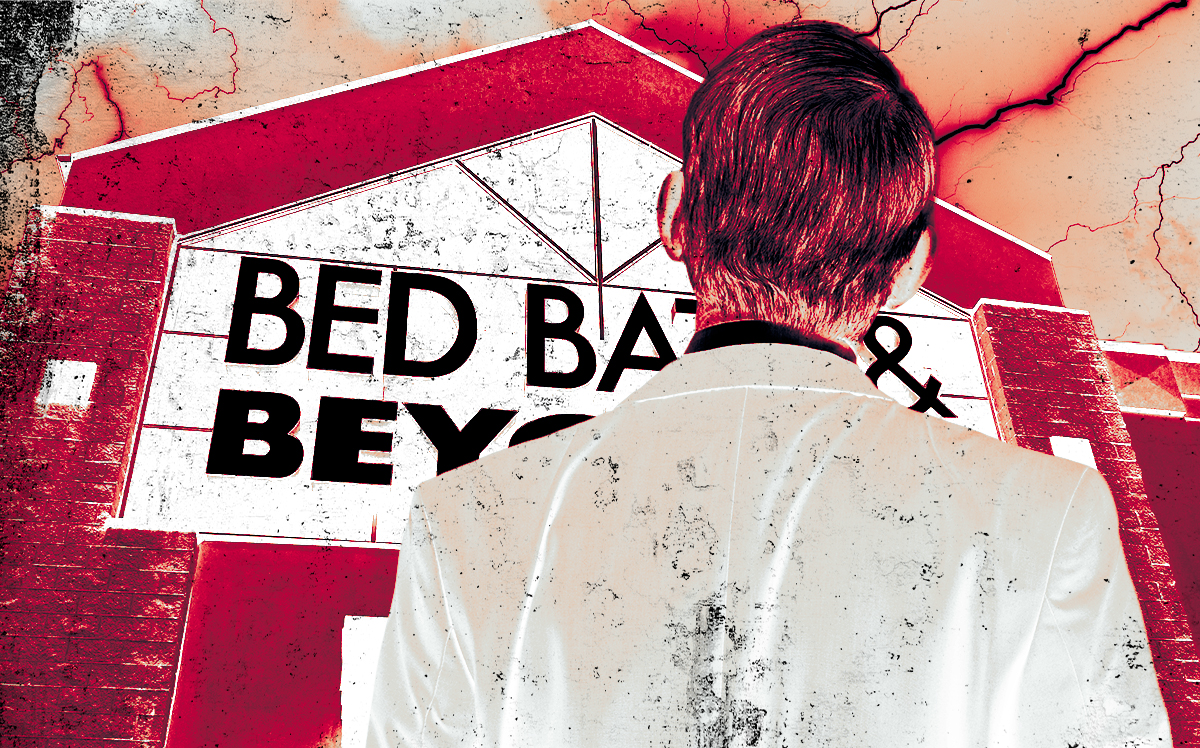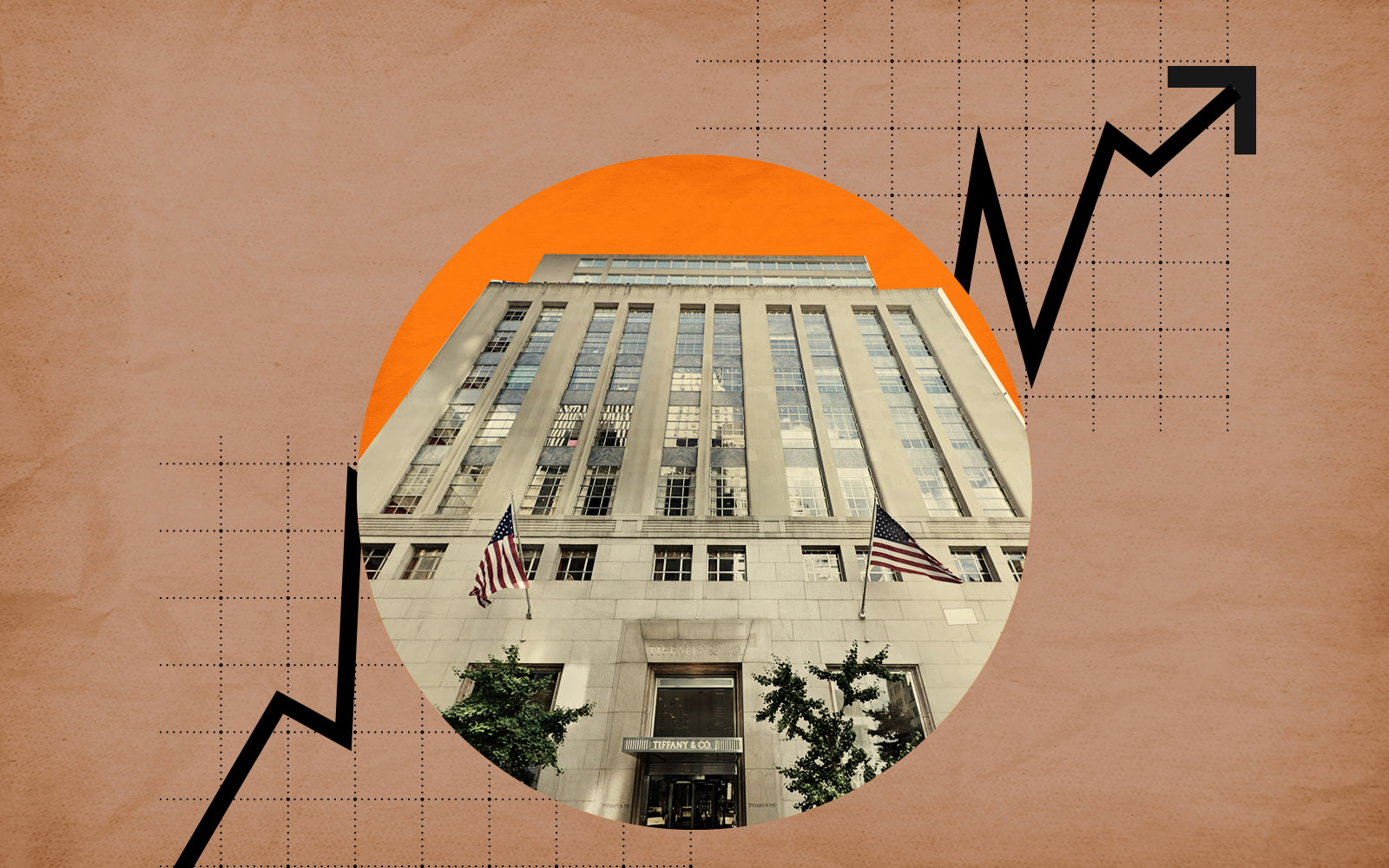 US retail real estate rises from the ashes
US retail real estate rises from the ashes
Trending
Retail defies commercial real estate’s troubles
Available space at 18-year low, asking rents rising

Offices are struggling. Multifamily distress is popping up. But the retail market, long predicted to be doomed by the pandemic and e-commerce, keeps chugging along above the fray.
Retailers are enjoying healthy activity, demand and other key metrics in a turn from the struggles seen in the rest of commercial real estate, the Wall Street Journal reported. Stores are opening by the thousands against closings, while availability in the sector continues to drop, creating an opportunity for landlords to raise rents.
This year, retailers have announced plans to open 4,500 stores and close 3,500, according to Coresight Research. In the case of companies that are fading away altogether, like Christmas Tree Shops and Bed Bath & Beyond, others are rushing to fill the space left by the latter.
Retail availability dropped to 4.8 percent in the second quarter, according to CBRE. That’s the lowest vacancy rate the firm has recorded in its 18 years of tracking. Asking rents, meanwhile, are up 6.3 percent since 2020’s second quarter, when the pandemic loomed large over shoppers, to exceed an average of $23 per square foot for the best in a decade.
“Retail is outperforming,” said Conor Flynn, CEO Kimco Realty, the shopping center owner that increased asking rents by more than 30 percent in the second quarter.
Read more
 US retail real estate rises from the ashes
US retail real estate rises from the ashes
 Big-box retail growth spells options for Bed Bath & Beyond landlords
Big-box retail growth spells options for Bed Bath & Beyond landlords
 Manhattan retail remains on the upswing
Manhattan retail remains on the upswing
One of the biggest factors keeping retail going is a decline in construction since the 2008 financial crisis. An oversupply of space dominated the market then, but that problem has eased in the last 15 years, in part because retailers have deployed technology to improve the efficiency of planning brick-and-mortar locations.
Additionally, reports of the death of brick-and-mortar shopping at the hands of e-commerce have been greatly exaggerated. Shoppers are still hitting stores in person, leading some online retailers to increase their physical footprint. Shoppers haven’t been deterred by inflation, increasing spending in four consecutive months, according to the Commerce Department.
There are some weak spots in retail, though. High-end malls are hanging on, but low-end malls are struggling, especially enclosed ones that are feeling a pinch as retailers flock to higher quality, open-air properties. A majority of distress sales involving retail properties this year have featured malls, according to MSCI Real Assets.
— Holden Walter-Warner




